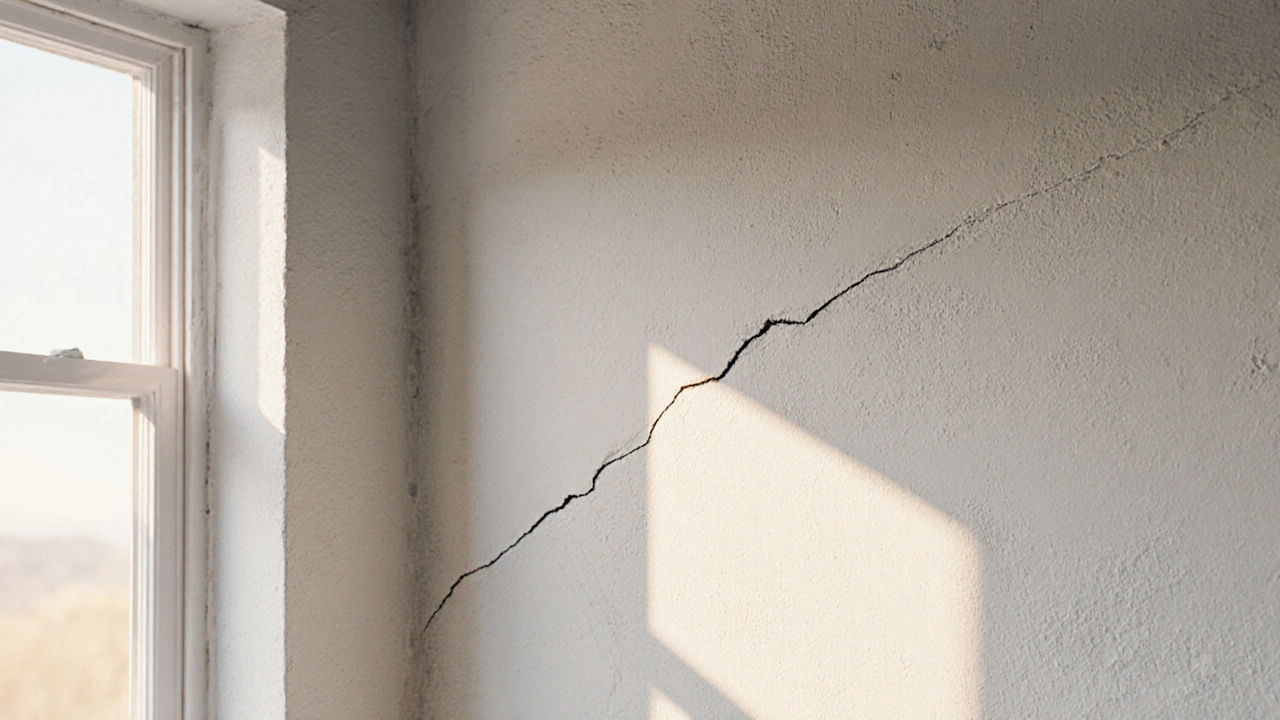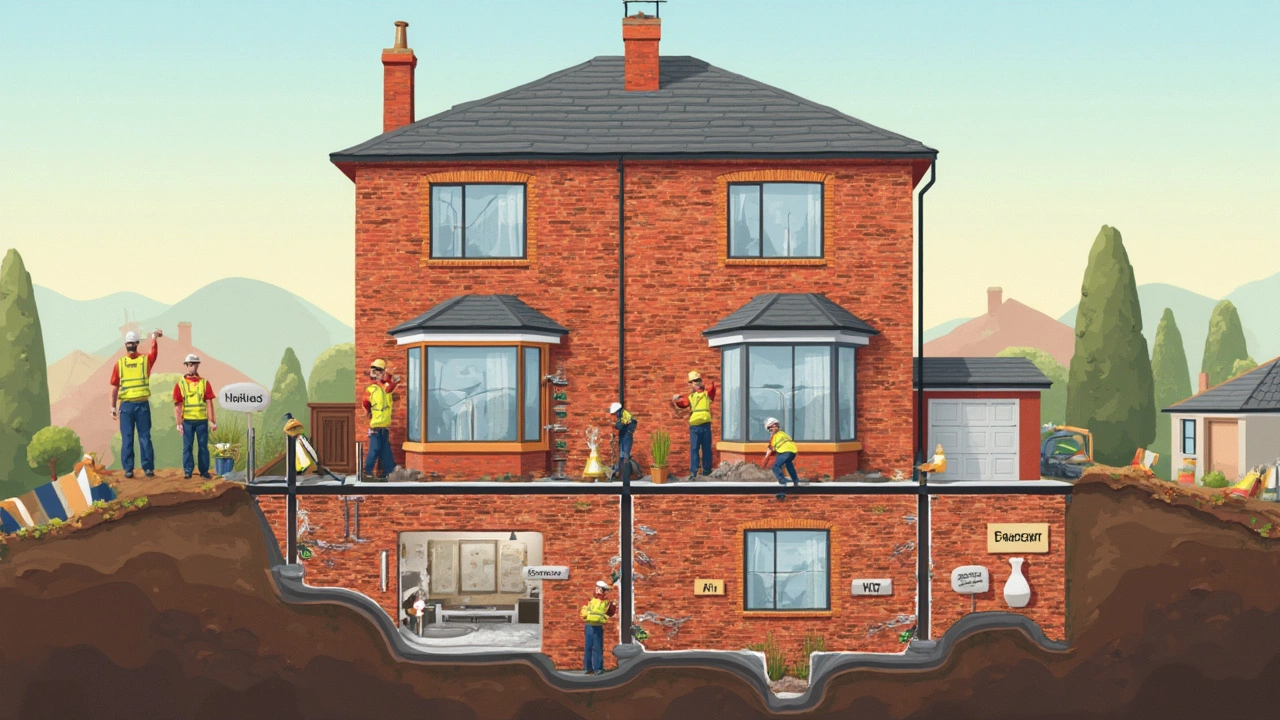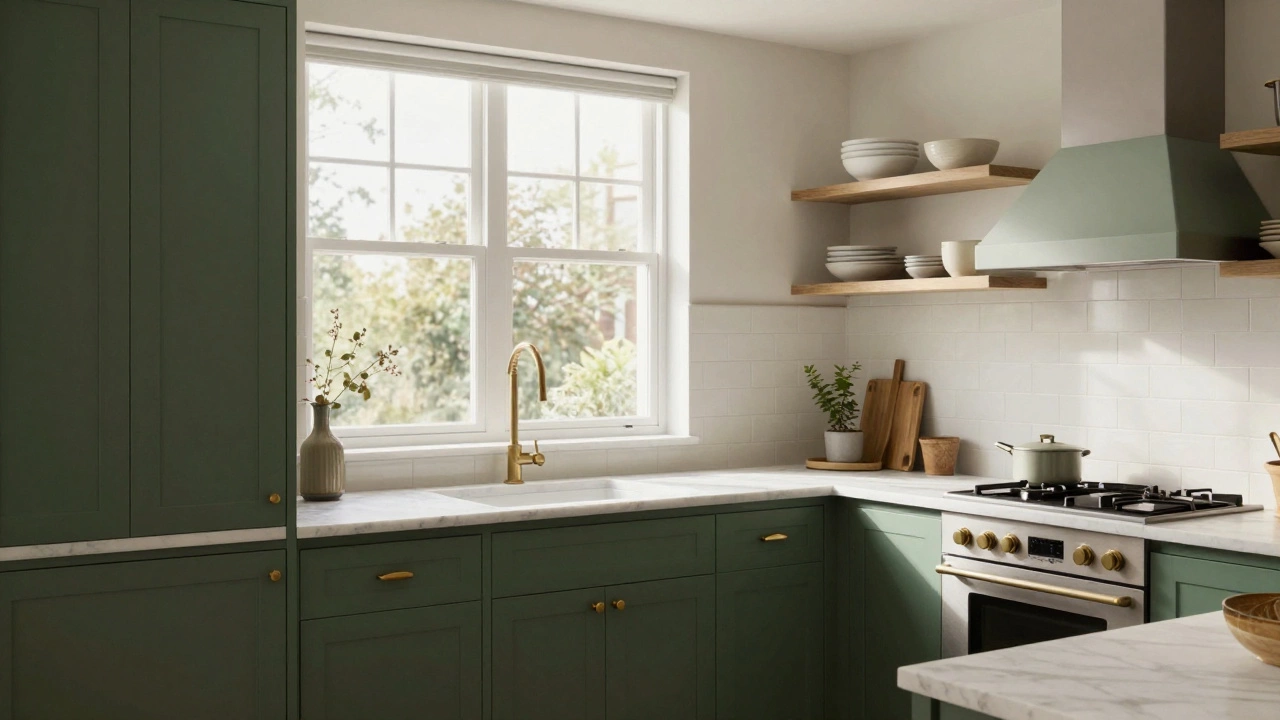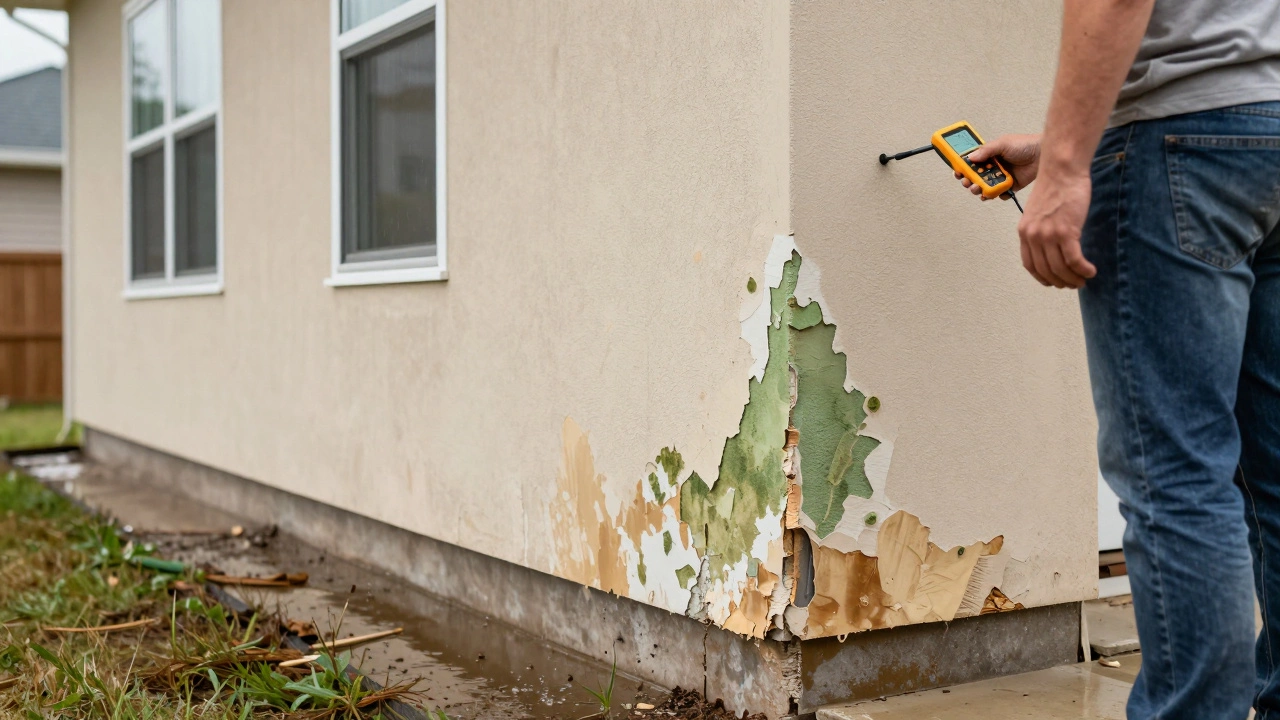When you move into a brand‑new house, the last thing you want to spot is a hairline fissure on the wall. Yet cracks in new builds are more common than many homeowners realise. Below we break down why they happen, how to spot a real problem, and what steps you can take to keep your home solid.
Understanding why cracks appear in new builds
New builds are a type of residential construction that follows a set of design, engineering and on‑site practices. Even with meticulous planning, a fresh house can develop cracks because of natural material behaviour, site conditions and construction tolerances. The most frequent culprits fall into three buckets:
- Structural settlement - the soil underneath compresses or shifts after the foundation is poured.
- Material shrinkage - concrete, timber and plaster lose moisture and contract as they cure.
- Thermal movement - temperature swings cause expansion and contraction in walls and floors.
Each cause leaves a distinctive crack pattern, which helps you decide whether the crack is harmless or a sign of a deeper issue.
Typical crack patterns and what they mean
Knowing where a crack shows up is half the battle. Here’s a quick guide:
| Location | Appearance | Likely cause |
|---|---|---|
| Foundation walls | Vertical or diagonal lines, often wider at the base | Soil settlement or inadequate footings |
| Interior plaster/drywall | Hairline, spider‑web style, usually non‑structural | Plaster shrinkage, drying of new wallboards |
| Ceiling corners | Small cracks radiating from corners | Thermal movement, especially in hot‑cold climates |
| Exterior cladding | Horizontal cracks along lintels or brick headers | Improper joint filler, thermal expansion |
Note that a crack wider than 3 mm, or one that continues to open over time, usually warrants a professional assessment.
Australian standards that keep new builds crack‑free
In Australia, the Australian Standard AS 3600 - Concrete Structures sets limits on allowable crack widths for different exposure classes. The standard works hand‑in‑hand with National Construction Code (NCC), which mandates proper soil testing, foundation design and construction tolerances.
If your builder follows these codes, most cracks will be cosmetic rather than structural. Always ask for the compliance certificates and any test reports for your site - they’re the first line of defence against future disputes.
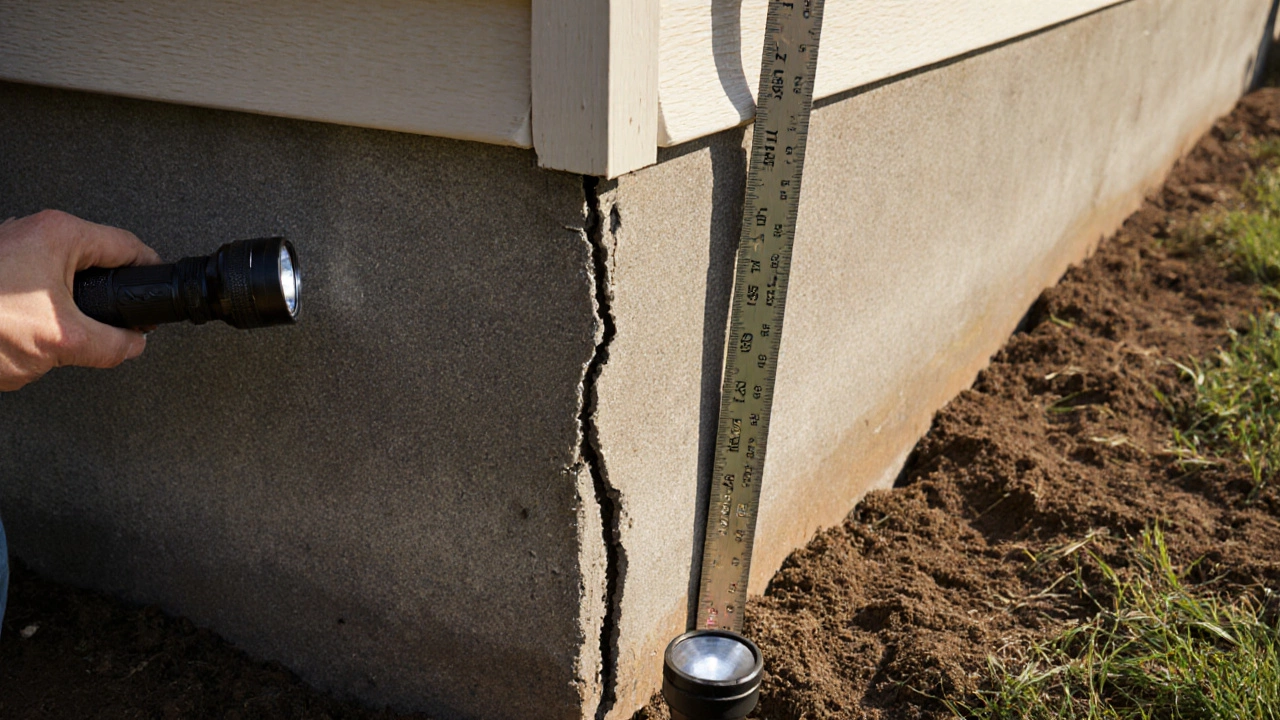
How to inspect a newly built home for cracks
- Start at the foundation: Walk around the perimeter and look for vertical cracks larger than 2 mm. Measure with a ruler and note the direction.
- Check interior walls: Use a flashlight at a low angle to highlight hairline fissures. Mark any that form a pattern or intersect.
- Examine ceilings and rooflines: Look for cracks near skylights, vents, or where different materials meet.
- Inspect exterior cladding: Pay attention to mortar joints, especially around windows and doors.
- Document everything: Photos, measurements and dates help tradespeople diagnose the issue quickly.
Most certified home inspectors include a crack assessment in their final report. If you’re buying a new build, request this as part of the handover.
When to call a professional
Not all cracks need a structural engineer, but certain red flags do:
- Cracks wider than 3 mm that keep widening.
- Horizontal cracks in foundation walls - these can indicate lateral pressure from soil.
- Cracks that appear near load‑bearing walls or columns.
- Any crack that coincides with moisture intrusion, such as damp patches.
In these cases, engage a structural engineer or a licensed foundation repair specialist. They’ll assess movement, recommend remediation, and may suggest underpinning or wall reinforcement.
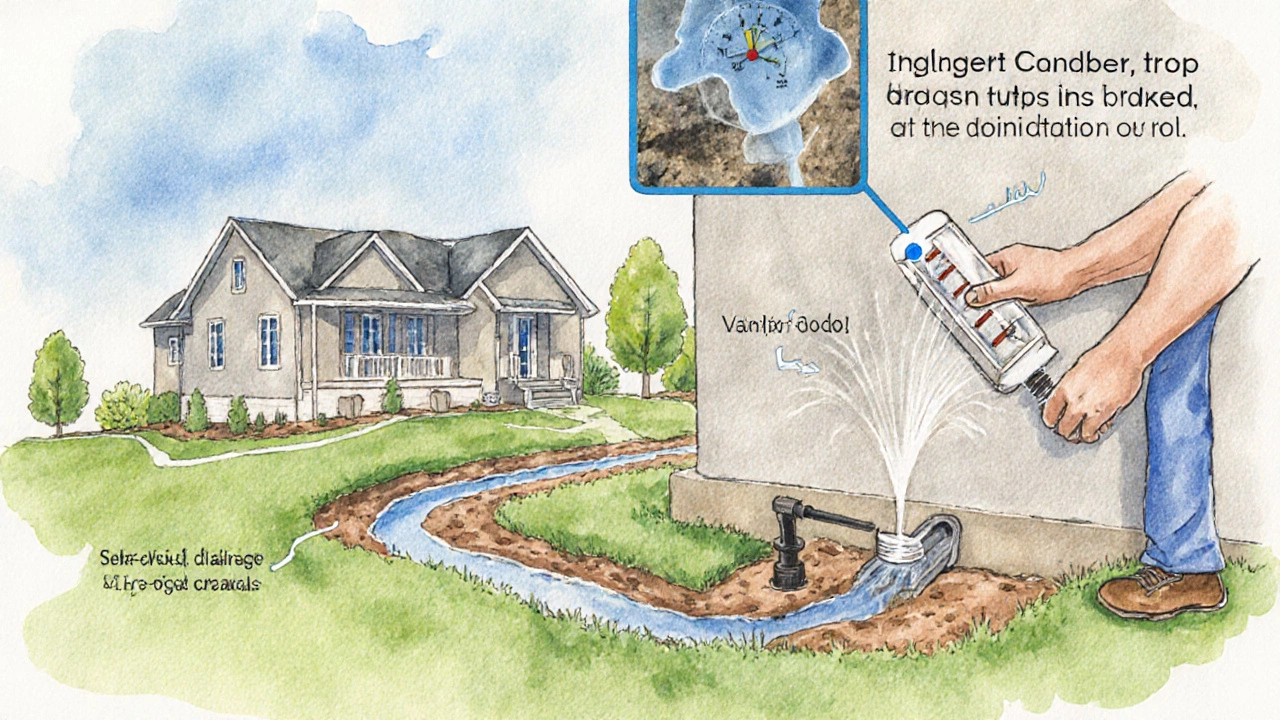
Preventing future cracks - best practices for owners
Even after construction, you can limit crack development with a few simple habits:
- Control moisture: Landscape grading should direct water away from the house. Heavy irrigation or leaking gutters can change soil moisture levels, prompting settlement.
- Maintain temperature stability: In climates with extreme swings, use interior blinds or shading to reduce rapid wall temperature changes.
- Allow curing time: If you repaint or install heavy fixtures, give new plaster or concrete at least 28 days to reach full strength.
- Monitor for movement: Install a few inexpensive crack monitors (wire or plastic gauges) on problematic walls. They’ll show you if a crack is still active.
- Follow warranty procedures: Most new home warranties cover structural defects for up to 6-10 years. Notify the builder promptly if you spot concerning cracks.
Common myths about cracks in new builds
There’s a lot of lore floating around, especially on DIY forums. Here are the facts:
Myth 1: All cracks are a sign of a bad builder.
**Fact:** Small, hairline cracks are normal in any new structure; they’re part of material shrinkage and settling.
Myth 2: You can stop cracks with caulk.
**Fact:** Caulk hides surface cracks but does nothing for structural movement. Use it only after a professional confirms the crack is non‑structural.
Myth 3: New homes never need foundation repair.
**Fact:** Even with perfect design, unexpected soil conditions can lead to settlement. A warranty-backed inspection can catch these early.
Case study: A Melbourne new build’s crack journey
John and Lisa bought a brand‑new townhouse in Melbourne’s inner‑west in January 2024. Six months later they noticed a 2 mm hairline crack near the kitchen window. They followed the inspection steps above, photographed it, and logged the date. The crack stopped widening after they tweaked their garden’s irrigation schedule, reducing soil moisture near the foundation.
In March 2025 a larger vertical crack appeared in the living‑room wall. Measuring 4 mm, it was classified as “potentially structural.” They engaged a structural engineer, who discovered a slight slope in the underlying fill soil caused uneven settlement. The builder remedied it with targeted underpinning, and the homeowner’s warranty covered the cost.
This story illustrates that early detection, documentation, and using warranty pathways are key to keeping a new build crack‑free.
Are small hairline cracks in a new home normal?
Yes. Hairline or spider‑web cracks usually result from plaster drying or concrete shrinkage and don’t affect structural integrity.
What width of a crack should trigger a professional inspection?
Any crack wider than 3 mm, or one that keeps opening over time, should be examined by a structural engineer or foundation specialist.
Does the Australian Standard AS 3600 guarantee a crack‑free home?
AS 3600 sets maximum allowable crack widths for safety, but it does not eliminate all cosmetic cracks. Compliance reduces risk of serious structural failures.
Can I fix a structural crack myself?
No. Structural cracks often indicate underlying movement. DIY repairs may hide the symptom while the problem worsens. Always consult a licensed professional.
How long does a new home warranty cover foundation issues?
Most Australian new home warranties cover structural defects, including foundation movement, for 6 to 10 years from completion. Check your specific contract for exact terms.

